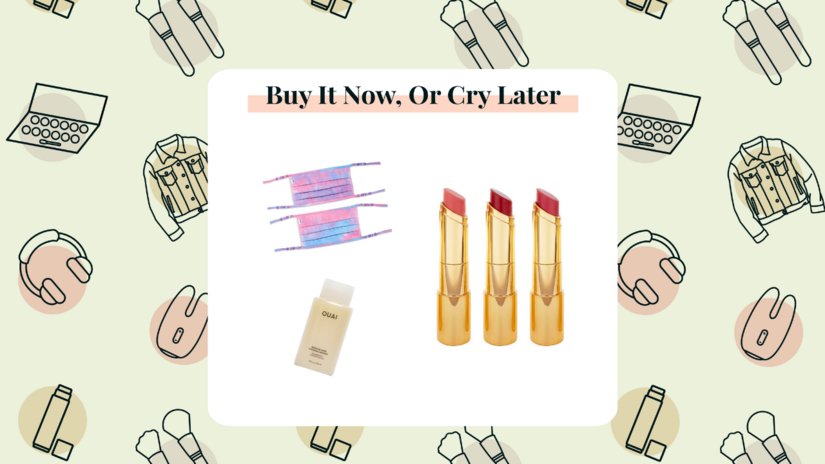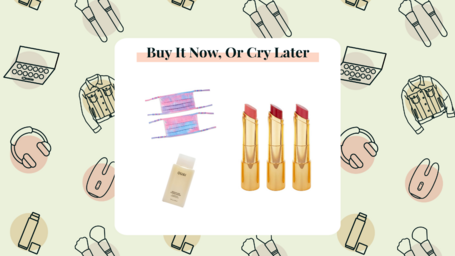On Monday 8th of March, the world celebrated International Women’s Day, a somewhat controversial day which inevitably leads to the question; ‘Well when is international Men’s day?’ (It’s the 19th of November if you would like to know). But this past International Women’s Day, I found myself interested in a different debate that surrounds this event. For years, the idea of feminism has constantly been villainized, called ‘man-hating’ from the days of protesting for the right to vote to bra burning. But one very real query that has been brought up in recent years is the idea of intersectionality; intersectionality broadens the lens of first and second wave feminism, which largely focused upon the experiences of women who were both middle-class and white, to now focus on and include the different experiences of women of colour, of different classes, immigrant women, trans-women and other groups.
In 2021, you can turn any corner and find ‘Girl-Boss’ on a t-shirt but a harsh truth of modern-day feminism is that whilst corporations love to proclaim inclusivity, these companies profit off patriarchal devices and exploit vulnerable women who do not fit into the category of ‘women’ they wish to advertise to.
“Femwashing is when companies use marketing to capitalize women’s rights and equality. Similar to greenwashing, where an organization presents an image of heightened environmental awareness, or pinkwashing, where companies present themselves to be LGBT friendly or progressive, femwashing uses messaging of women’s rights for capitalistic gains. It sells “freedom” and “equality” as capitalistic forms of liberation, and at its core, it is profiting off the patriarchy.”
In 2014, a set of pictures went viral including celebrities such as Emma Watson and Benedict Cumberbatch wearing t-shirts proclaiming, ‘This is what a feminist looks like’. What was meant to be a stellar PR move for high street brand Whistles and fashion magazine Elle, it was instead caught in scandal after Mail on Sunday allegations that the clothing was made in Mauritian sweatshops by women earning 62p per hour. The descriptions of the living and working conditions endured by migrant women working in these sweatshops are harrowing – and well documented.
There is a juxtaposition between these two messages, the rich, white celebrities proclaiming themselves as feminists, an ideology that should cover all women, conveniently ignoring the exploitative nature behind their nice shirts, one that does not fit their narrative. This scandal is not the first nor last to expose the reality behind the production of ‘feminist fashion’ and its link with exploitation, and it continues to expose the weakness in first wave feminism; it merely stands for surface layer problems that whilst important, does nothing to tackle or change social conditions for women in third world countries barely making enough to live on.
Furthermore, as International Women’s day approached, I found myself receiving more and more targeted advertisements from such clothing and makeup brands, inspiring me to be ‘the best woman I can be! By purchasing their razors, half price!’ These days beauty seems to be a double-edged sword, with seemingly no one in agreement about if it’s ok to reclaim older conventions of makeup and dress, or if we are still conforming to the dressed-up lie we are sold as young children that ‘you are imperfect. Let me sell you the solution.’
Ultimately, brands will fight obsolescence harder than any exploitation lawsuit, so they adapt. Advertisers convince young women that they are in need of improvement but must do so without threatening young women’s views of themselves as intelligent and equal, because that’s not ‘woke’. So, feminist rhetoric is sprinkled across their advertisements, using this to instead sell products and ideas that keep girls doing gender in the feminine way. This feminist language, the ‘Girl-Boss’ and such, allows young women to believe they can “empower” themselves…at the checkout, buying straight into the exploitative nature of fast-fashion.
Generation Z’s dominant presence online is changing the image of the self, the cynical and persisting nature of the youth consistently challenging Capitalist structures. Sustainable fashion is at the forefront of many, as is the nature of makeup and body image. The future is looking vastly different, in a positive way, but we cannot forget those who do not immediately benefit from the “empowerment” narrative sold by Capitalist companies. The brands and advertisements who exploit and profit off vulnerable women cannot be a part of that shiny new future, they must consistently be challenged by those of us with the power to say something.



